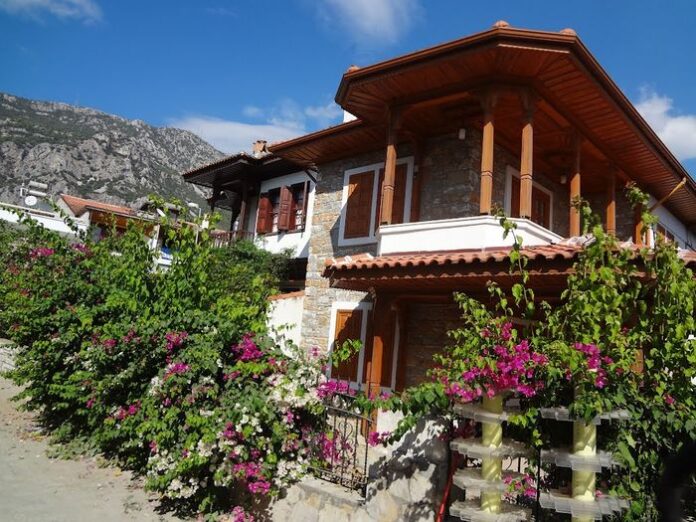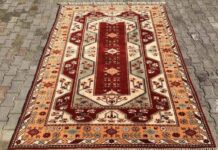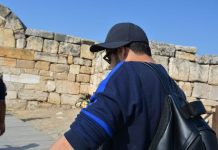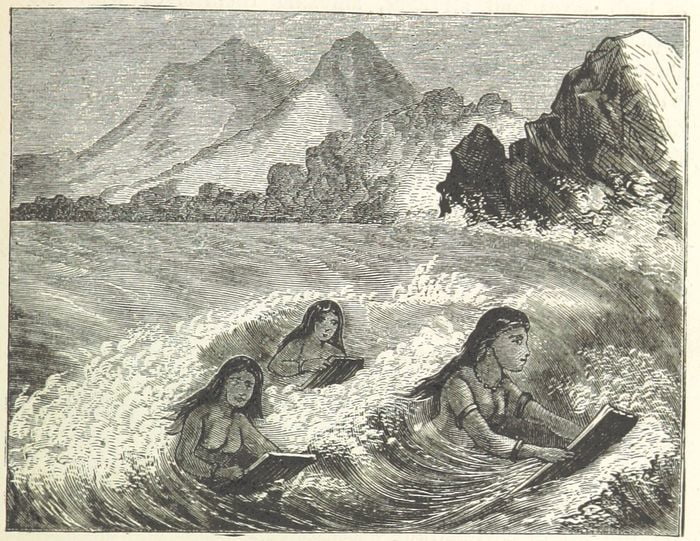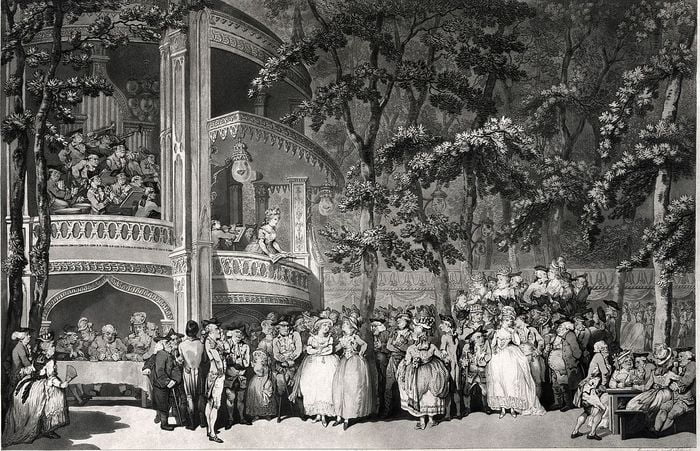A Modern Reformer
Michael, a member of the Obrenovitch family, became King of Servia and proved to be a wise and progressive leader. He was known for being fair, forward-thinking, and liberal. He not only continued the reforms that had been started by Karageorge, the national hero, but also brought in many modern improvements that Servia had never seen before.
He worked hard to modernize the country. Michael built new roads and highways, which helped connect the towns and cities. He also constructed public buildings, such as schools, parks, an opera house, and an art gallery. These projects made the capital more beautiful and gave people access to culture and education. However, all these improvements required a lot of money Karageorge Builds a New Servia.
Peasant Resistance and a New King
The peasants, who made up the majority of the population and had strong political influence, were not happy. They saw these changes as “German ideas”—too foreign and expensive. Many felt that Michael was moving too far away from traditional ways. Because of this dissatisfaction, the people forced Michael to leave power.
To replace him, the people chose Alexander Karageorgovitch, the son of Karageorge, as their new king. Alexander had a humble background. He had served quietly in the Servian army and was known for being modest, calm, and reserved. Once he became king, Alexander continued Michael’s policies but did so in a less flashy and more practical way.
Years of Peace Under Alexander
Under King Alexander Karageorgovitch, Servia experienced peace and made good progress. He encouraged arts and industry, and life for ordinary people improved. But not everyone was satisfied. A group of political agitators, supported by the Obrenovitch family, began to cause trouble again. They eventually gained control of the Servian parliament.
This parliament demanded that Alexander step down. In his place, they called back old King Milos, who had been living in exile in Austria Guided Tours Sofia.
Milos Returns—And Fails Again
Milos ruled again for two years before his death. Sadly, he believed that the people had brought him back to support his earlier harsh and autocratic style of ruling. His second reign was even worse than his first, and many were relieved when his rule ended.
Michael’s Second Reign A Wiser Monarch
After Milos died, Michael returned to the throne. During his time in exile, he had traveled around Europe, learning how modern governments worked. He studied languages, politics, and the lives of other nations. This education and experience, combined with his natural intelligence, made him a much better leader than before.
In his second reign, Michael ruled with wisdom and caution. He became a safe and thoughtful king, respected by his people and admired by other nations. His return marked a period of renewed hope and stability in Servia’s history.
This period in Servian history shows the constant power struggle between the Karageorgovitch and Obrenovitch families, but also highlights the importance of wise leadership and public support. Both Michael and Alexander tried to bring progress, but their success depended not only on their ideas but on how ready the people were to accept change.
